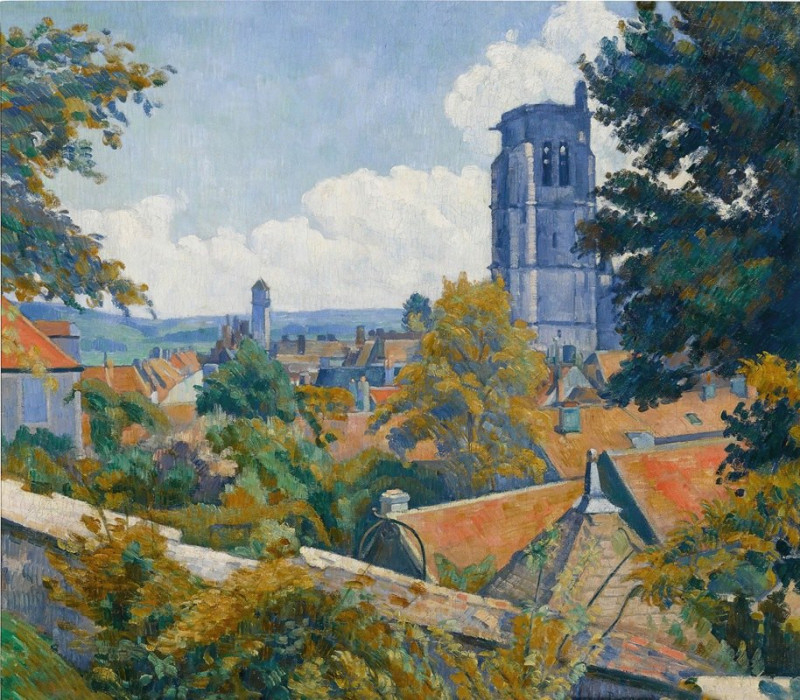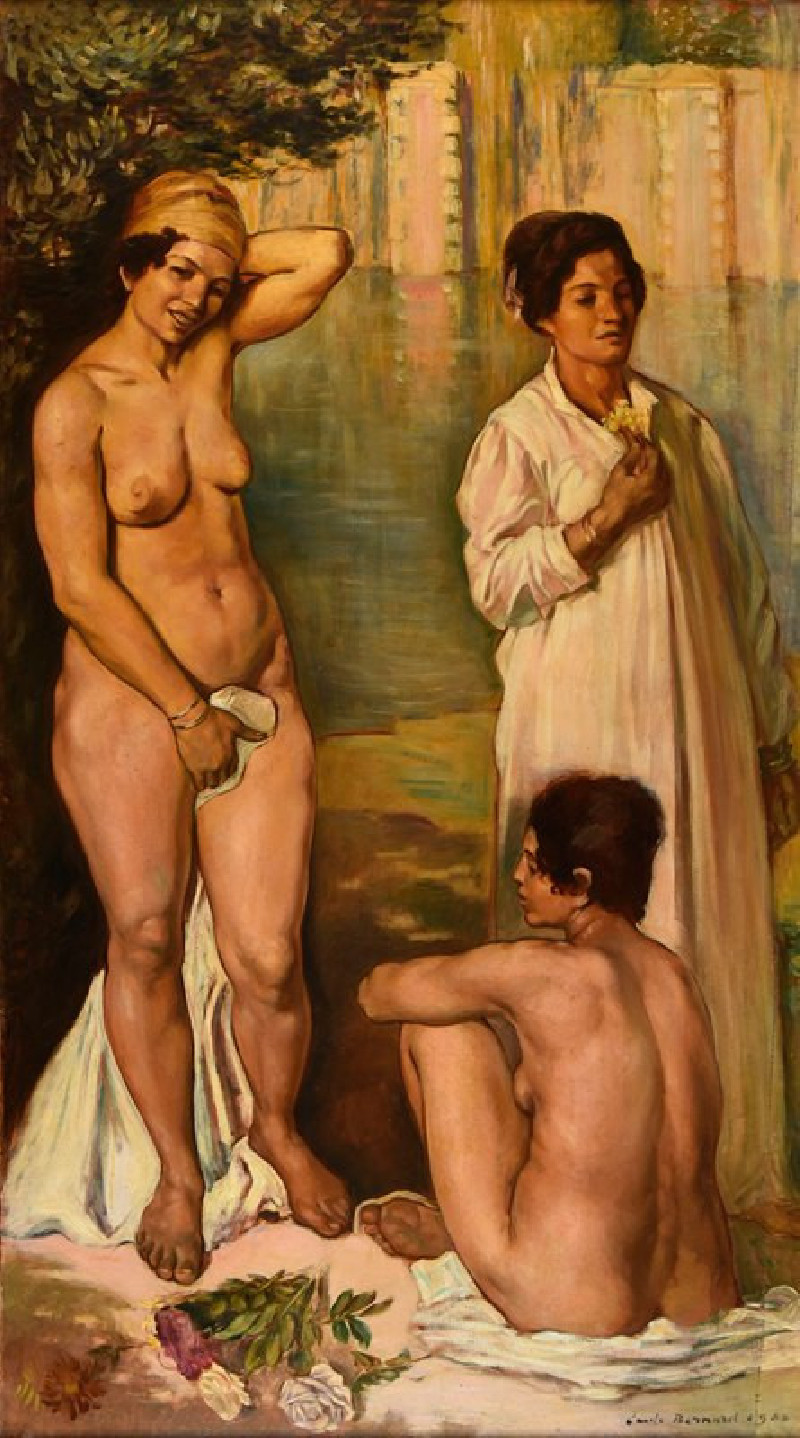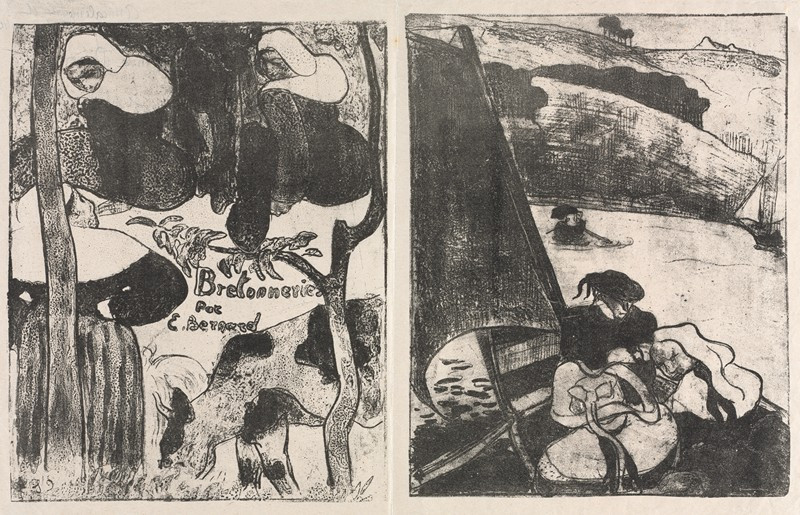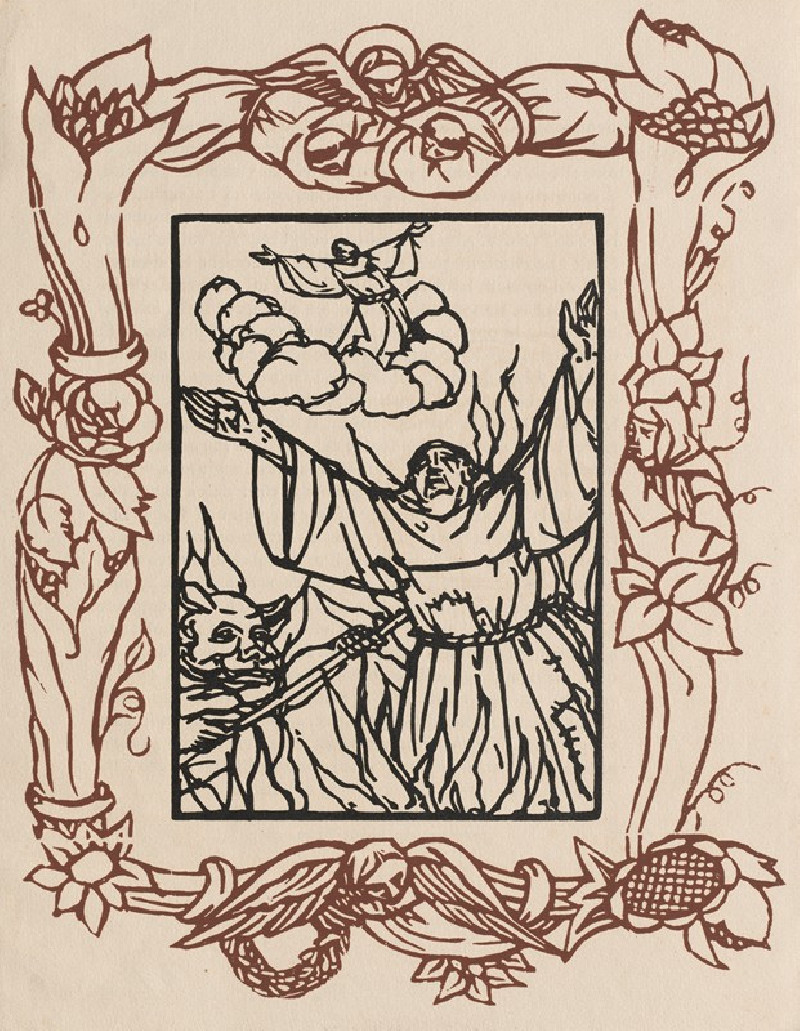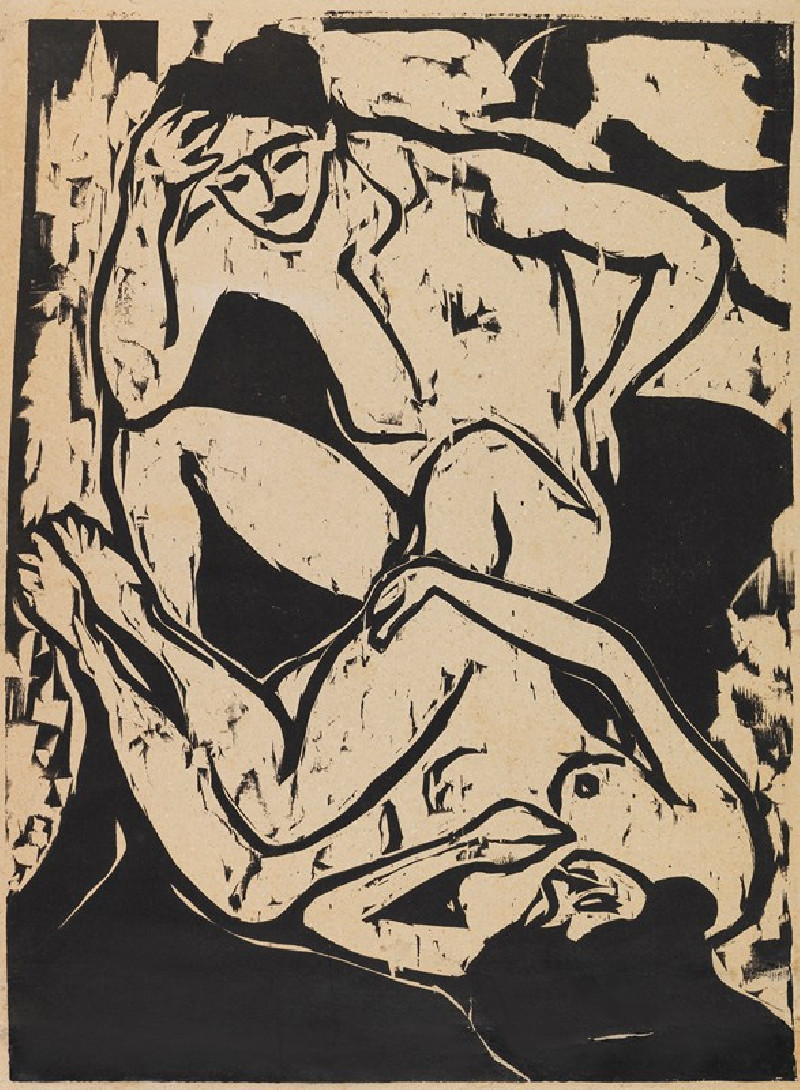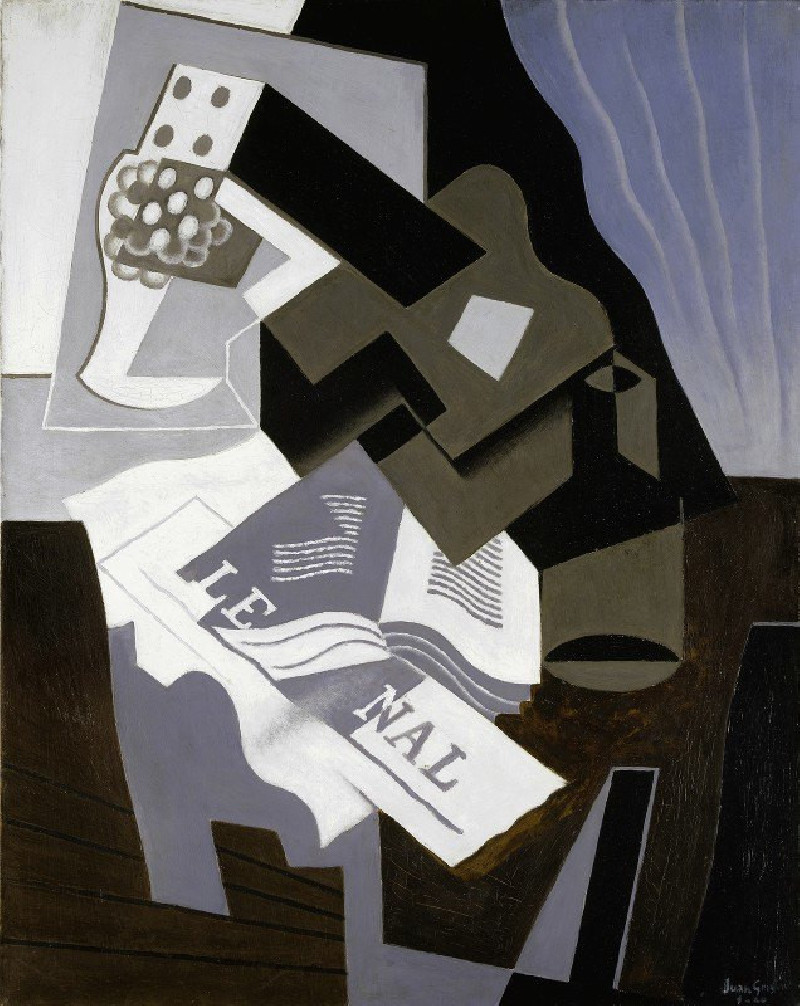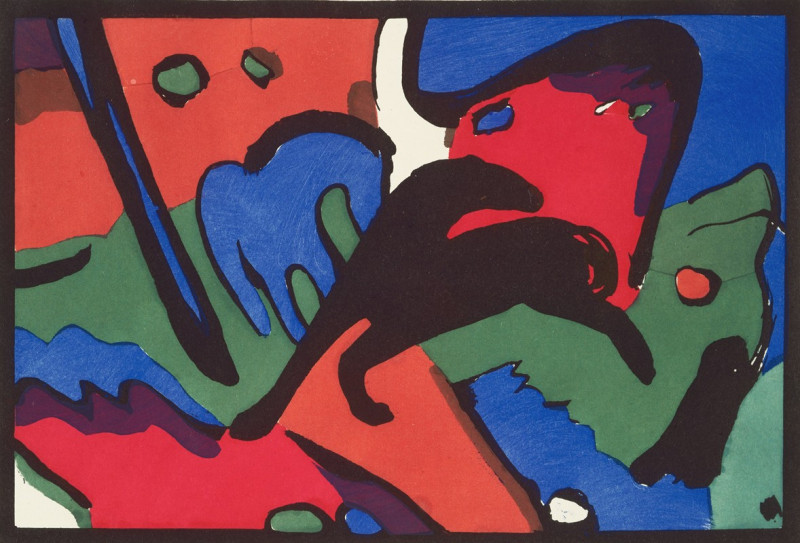Jeune Femme Allaitant (La Fuite En Égypte) (1895)
Technique: Giclée quality print
Recommended by our customers
More about this artwork
Emile Bernard's painting titled "Jeune Femme Allaitant (La Fuite En Égypte)" from 1895, captures a tender and serene moment steeped in historical and symbolic layers. This exquisite work of art primarily features a young woman breastfeeding her child, encapsulating the universal theme of motherhood and the innate bond between a mother and her child.Set against a backdrop that seamlessly blends muted tones of orange, green, and blue, Bernard employs a stylistic simplicity that is both striking and evocative. The young woman is portrayed seated comfortably, cradling her child with a serene expression, embodying peace and maternal grace. Her traditional attire and the flowing garments suggest a setting that resonates with the historical contexts associated with Egypt.Accompanying her are two figures, a man and a woman, both dressed in traditional clothing and engaged in quiet activities beside her. The man, sitting at the center, is intently focused on adjusting his garment, while the woman at the left seems contemplative, wrapped warmly in her robe and supporting what appears to be a staff.This painting not only highlights the beauty and strength found in everyday moments of caregiving but also subtly references the biblical 'Flight into Egypt'. Through his unique blend of symbolism and realism, Bernard invites viewers to reflect on themes of refuge, family bonds, and the nurturing roles that define human experience across cultures and histories.
Delivery
Returns
Émile Henri Bernard (28 April 1868 – 16 April 1941) was a French Post-Impressionist painter and writer, who had artistic friendships with Vincent van Gogh, Paul Gauguin and Eugène Boch, and at a later time, Paul Cézanne. Most of his notable work was accomplished at a young age, in the years 1886 through 1897. He is also associated with Cloisonnism and Synthetism, two late 19th-century art movements. Less known is Bernard's literary work, comprising plays, poetry, and art criticism as well as art historical statements that contain first-hand information on the crucial period of modern art to which Bernard had contributed.











